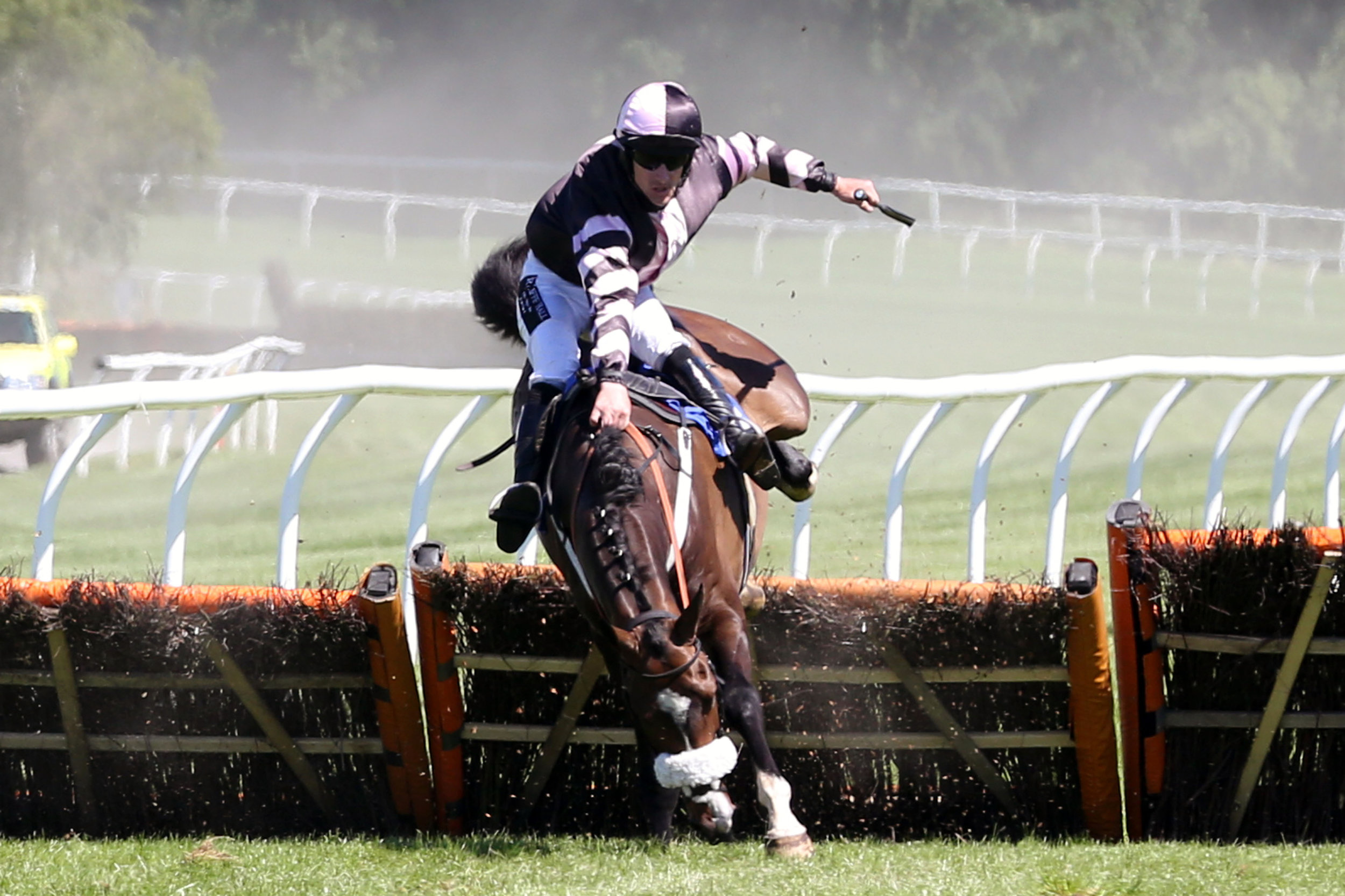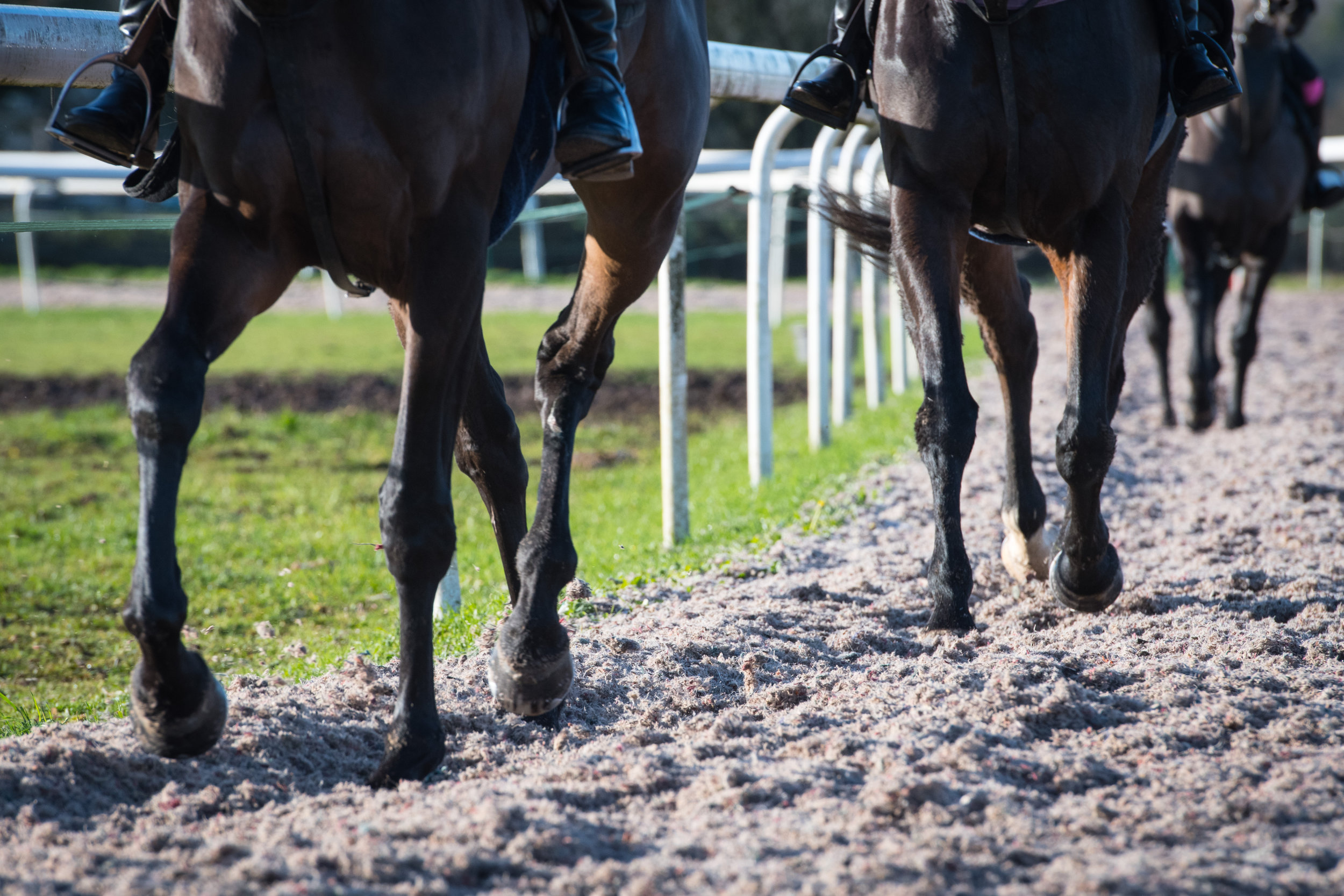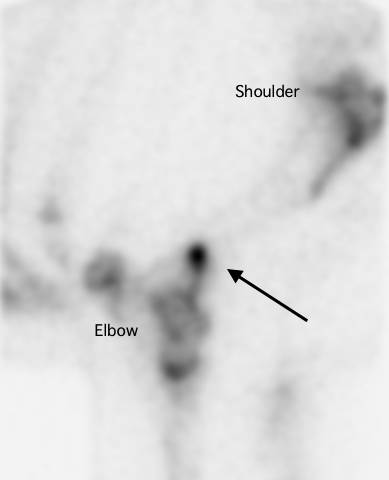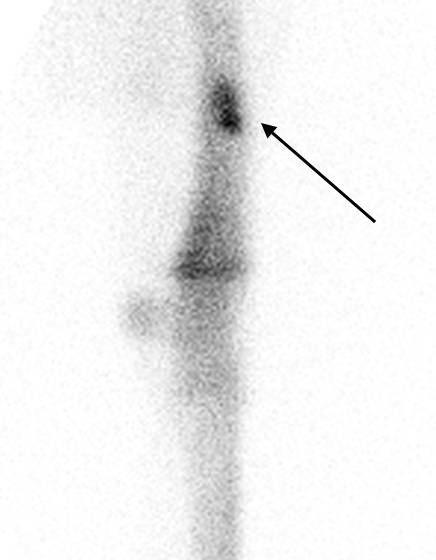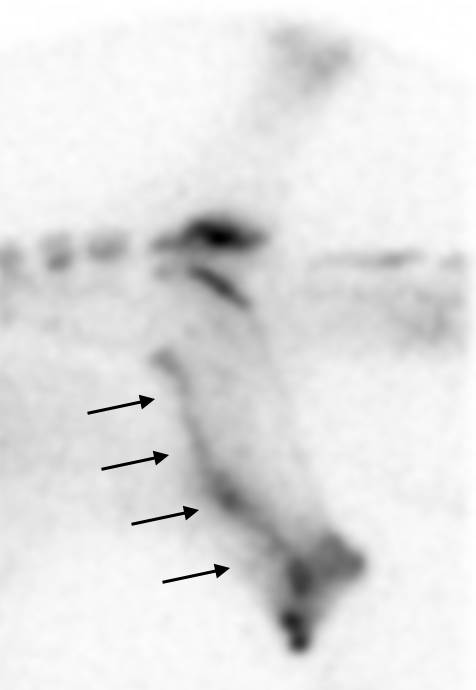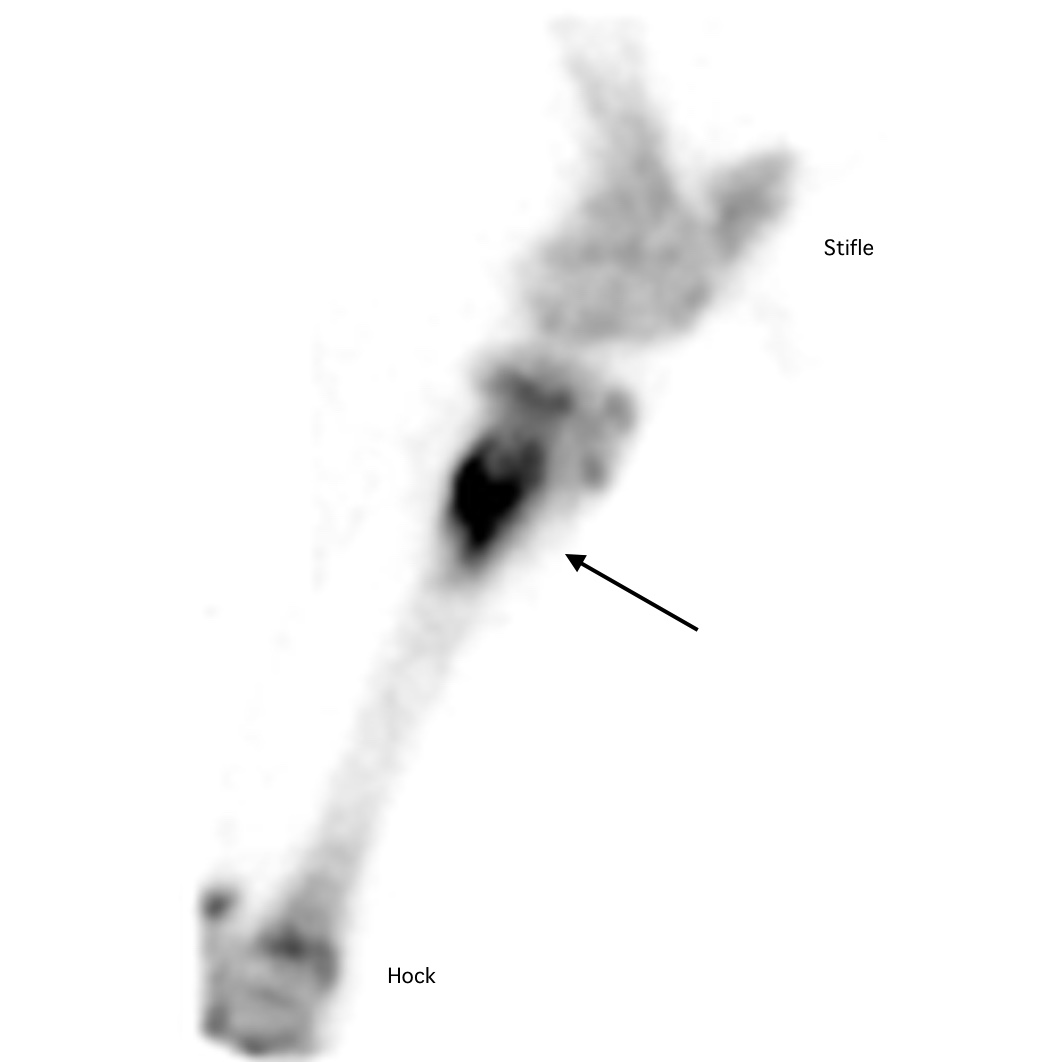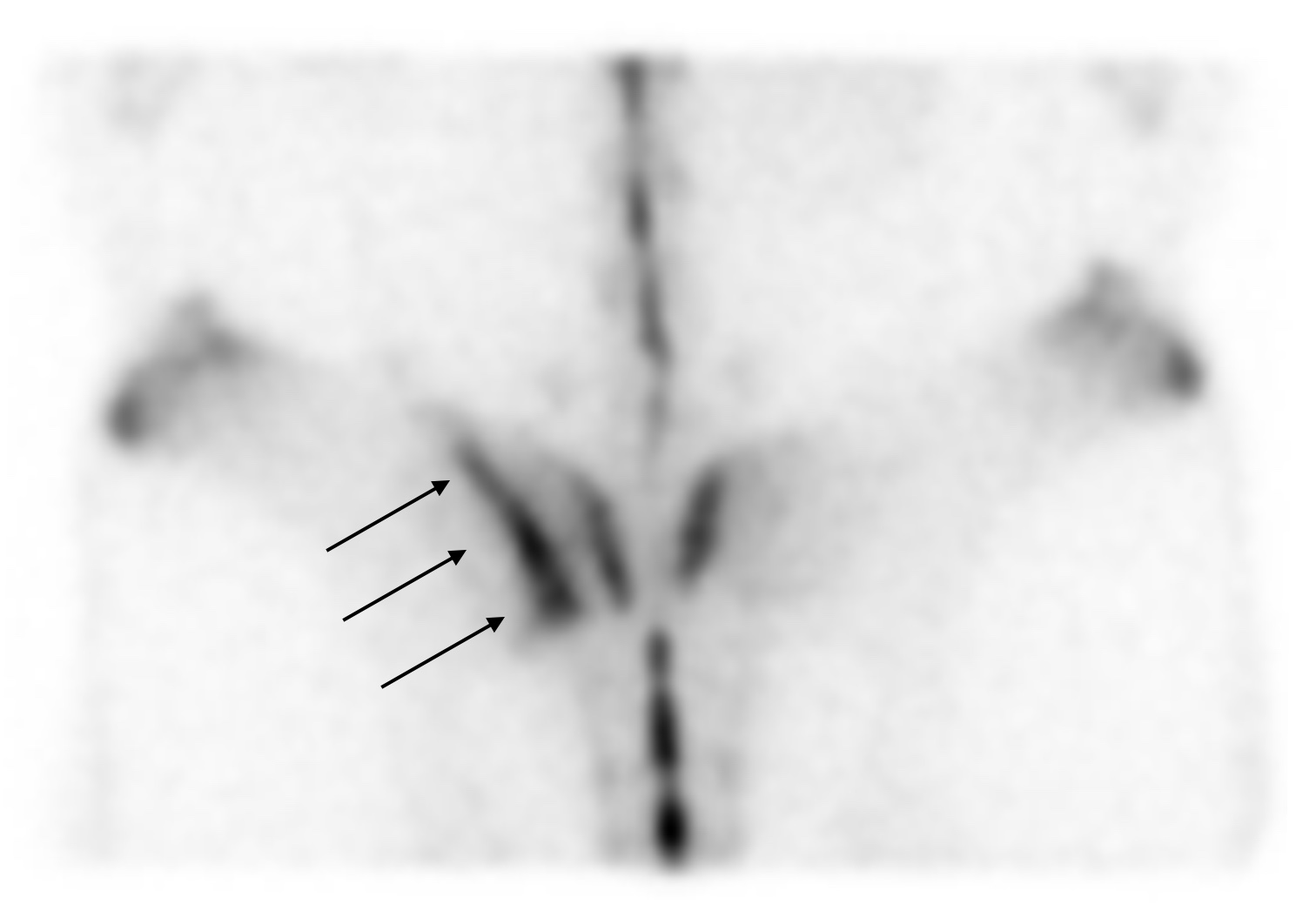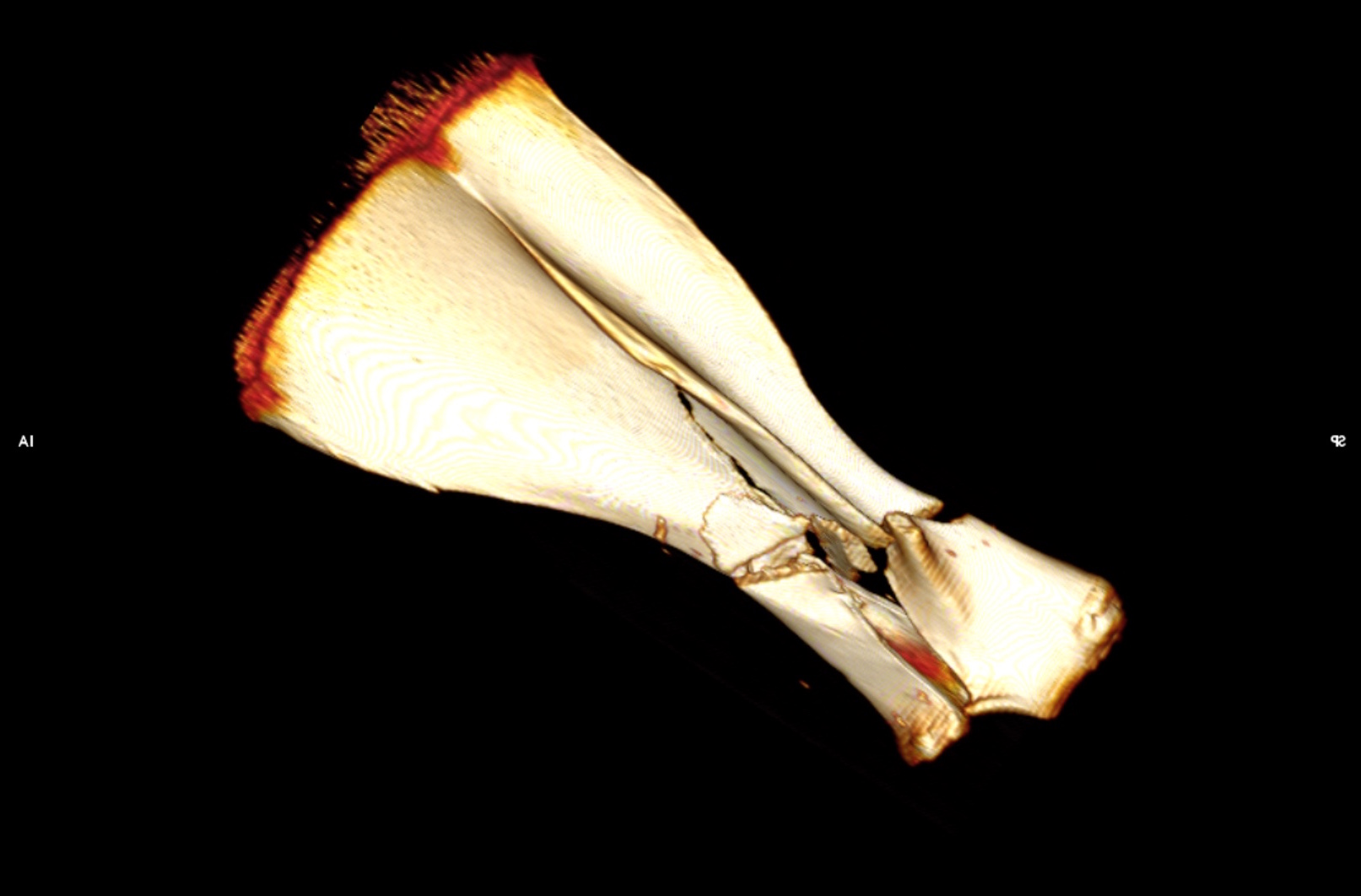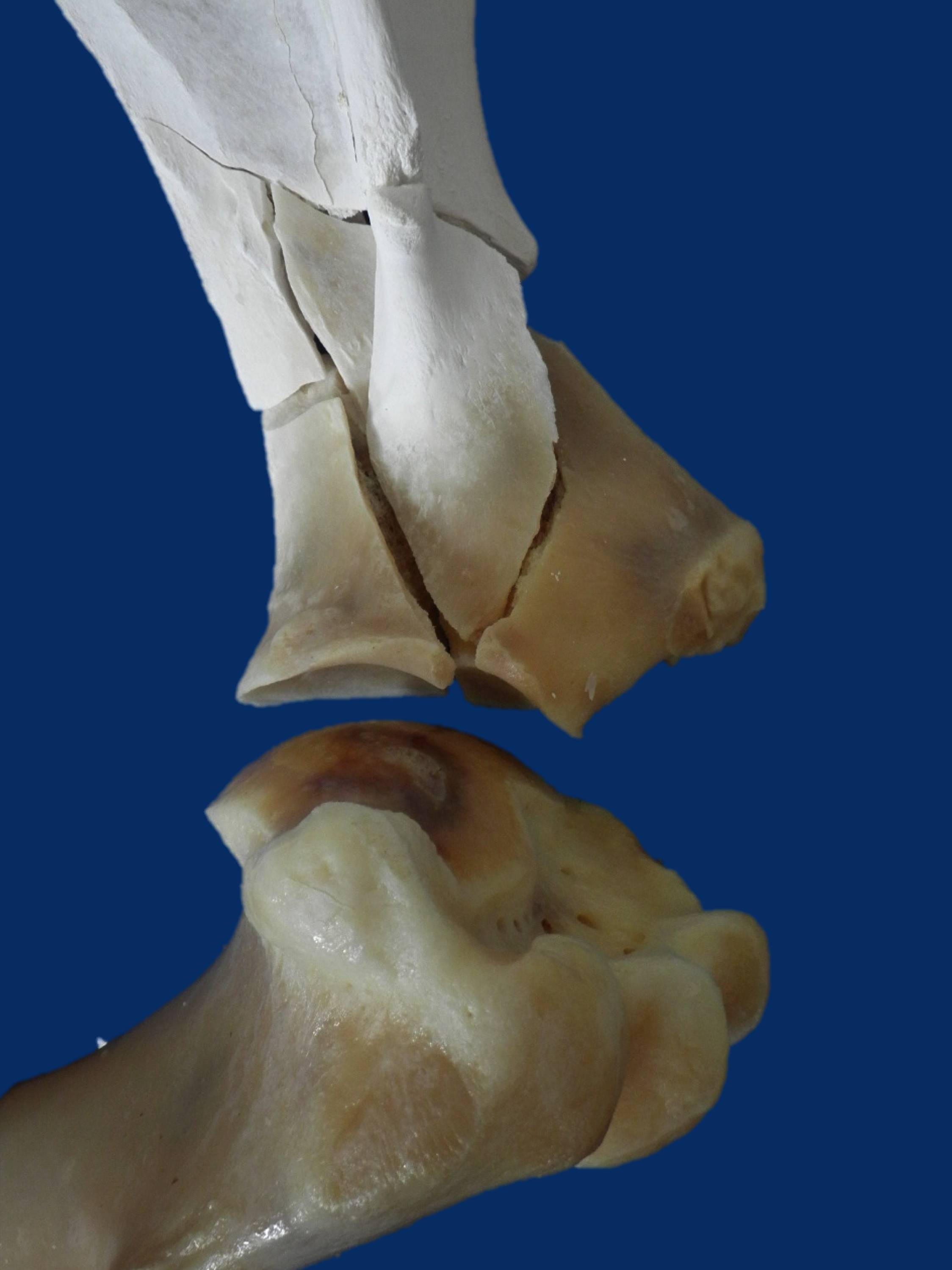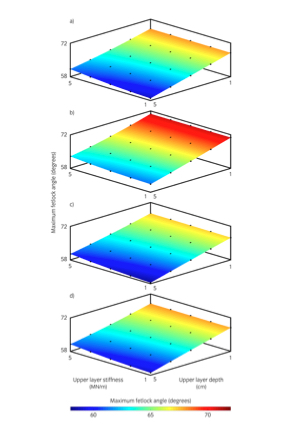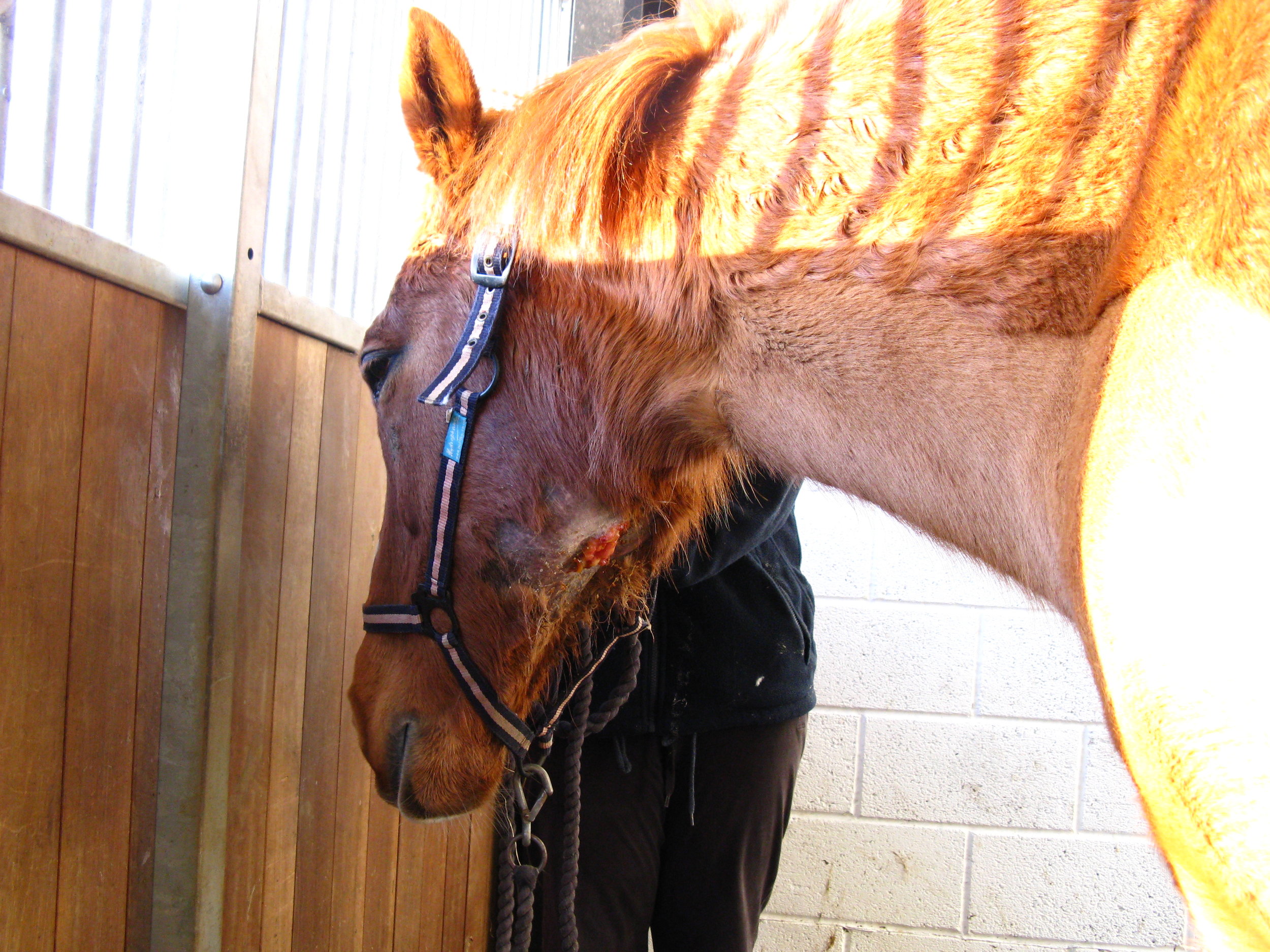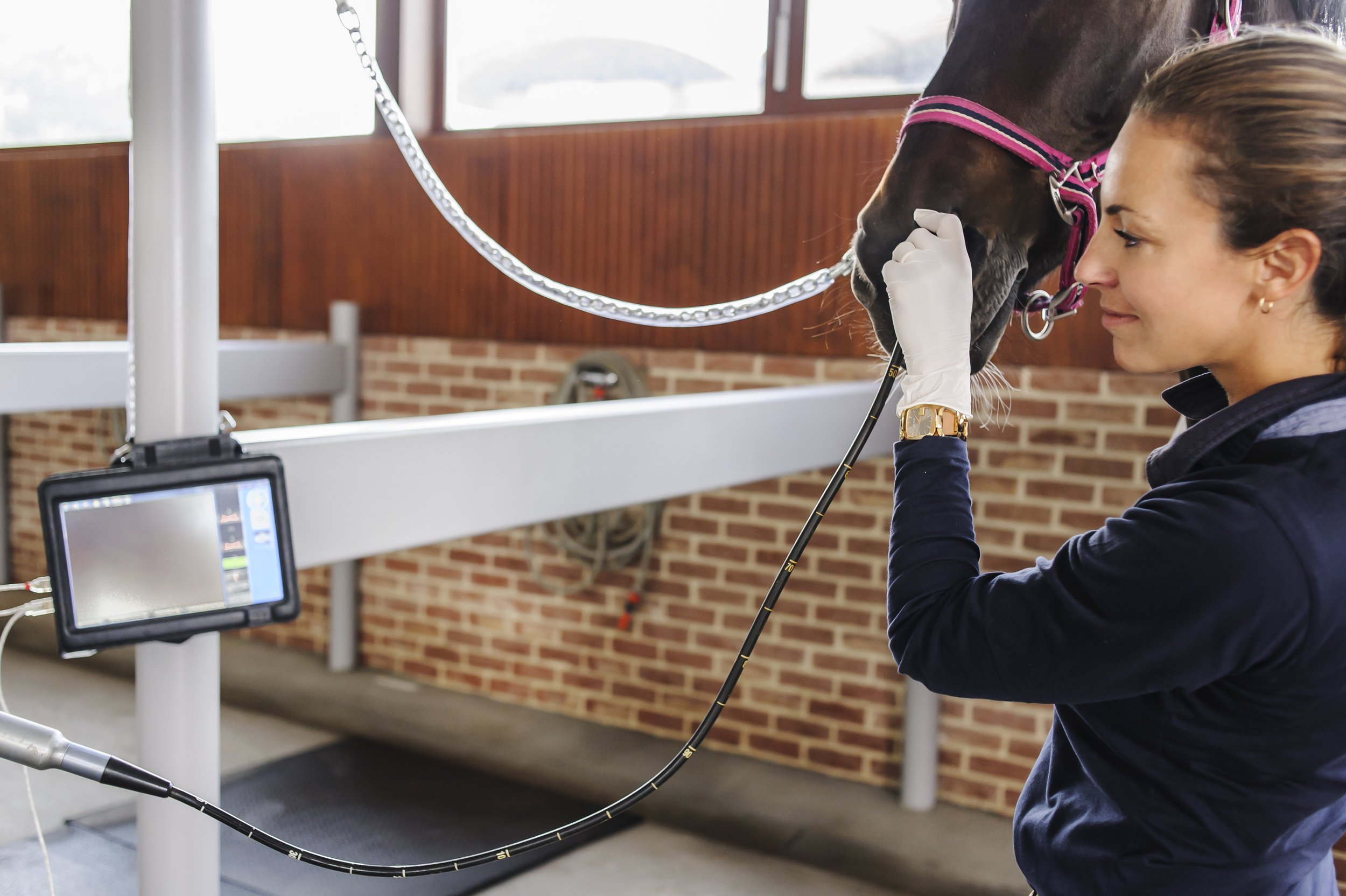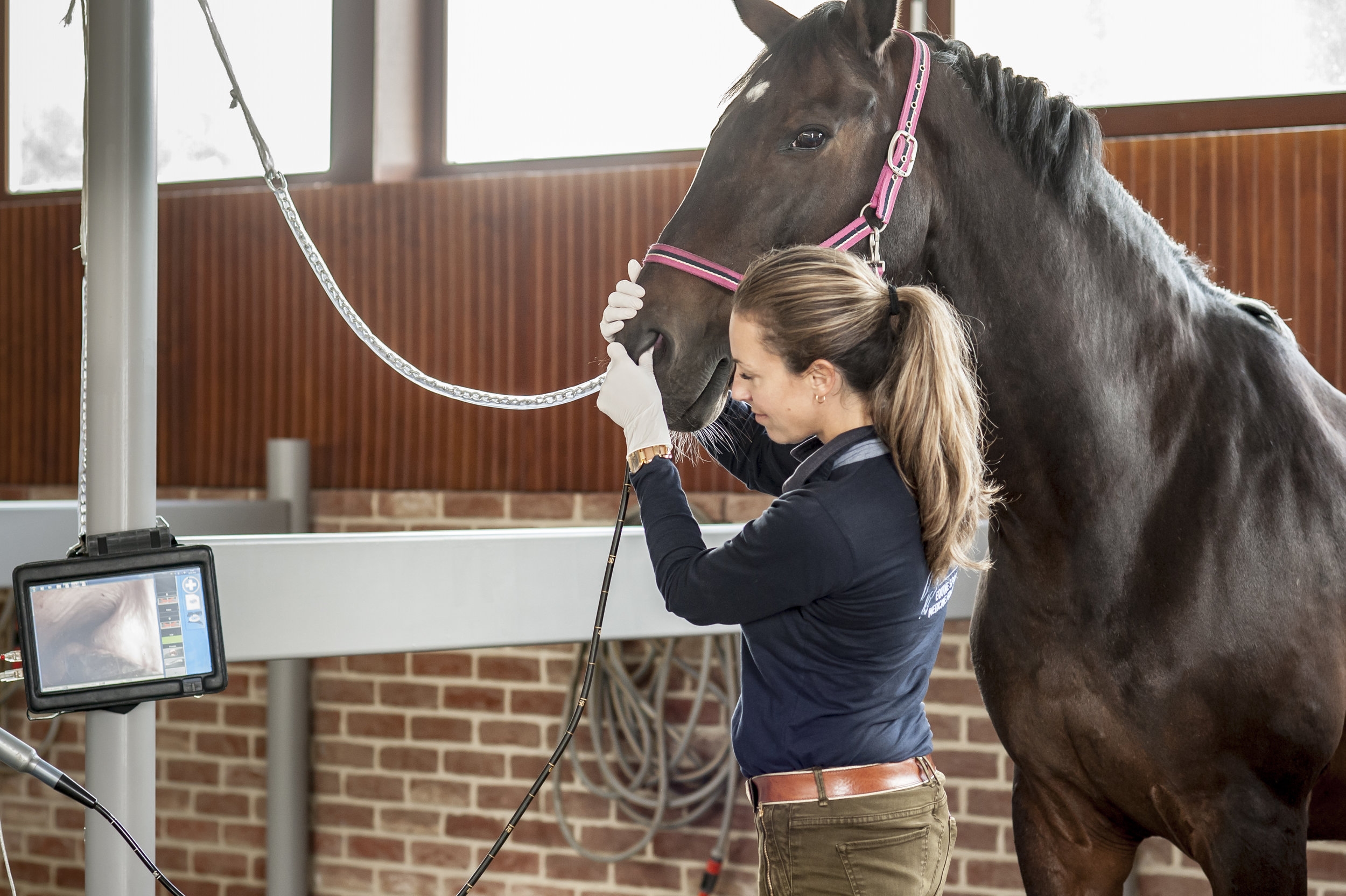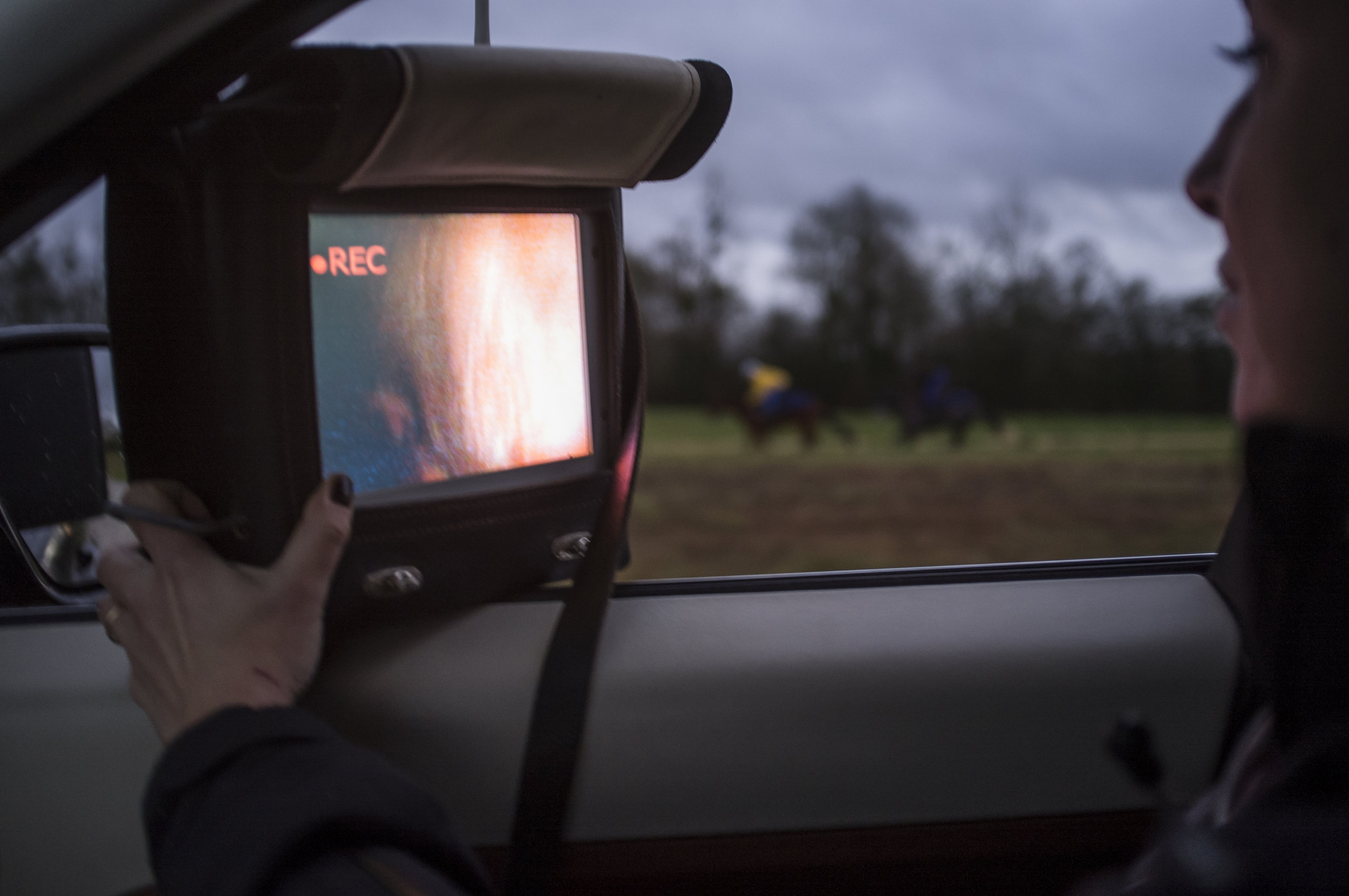The FEI prohibited list and what it means for racing
/By Alysen Miller
The eighth World Equestrian Games in Tryon, North Carolina were not, it is perhaps fair to say, an unbridled success. From unfinished facilities to misspelt signage and, most catastrophically, an entire endurance race that had to be aborted after riders were sent in the wrong direction, the competition generated so much negative coverage that the future of the Games themselves, already in some doubt, now appears to be hanging by a thread (At the time of writing, no formal bidders had thrown their hats into the ring for the 2022 renewal). So it might seem to be a strange time to ask if horseracing has anything to learn from the Fédération Équestre International (FEI). And yet, there is one area in which the FEI is arguably setting an example.
Unlike the global racing industry, which operates under myriad rules and regulations between different countries (and sometimes within the same country), all 134 affiliated nations of the FEI operate under a single set of rules. This includes a single Prohibited Substances Policy to which all jurisdictions must adhere; meaning that a horse trained in Australia is subject to exactly the same medical requirements, including regulations governing banned substances and threshold limits, as a horse trained in, say, America. This stands in stark contrast to the thoroughbred industry. Despite being an increasingly global game, from the now-traditional annual American invasion of Royal Ascot to the recent domination of the Melbourne Cup by European-trained horses, racing can appear positively parochial when it comes to its attitudes towards prohibited substances. “If you compare horseracing to other sports, we have one of the sole sports where there are no equal regulations on the highest level,” elucidates Germany’s Peter Schiergen. “To have [the same] regulations and policies around the world would be a good action for horse racing.”
So what are the factors standing in the way of global harmonisation, and would there ever be a case for following the FEI’s lead and adopting a single set of rules that would apply to horseracing authorities the world over?
Laboratory sample analysis
The FEI’s approach is to divide prohibited substances into two categories: banned substances (that is, substances that are deemed by the FEI to have no legitimate use in competition and/or have a high potential for abuse, including all anabolic steroids and their esters), which are not permitted at any time; and controlled medication (substances that are deemed to have a therapeutic value and/or are commonly used in equine medicine), which are not permitted for use during competition but may be used at other times. These categorisations apply to all national and international competitions, with each national federation being subject to the FEI’s regulations. Testing at competitions is carried out by the FEI’s own veterinary department, while elective out-of-competition testing is also available so that those responsible for the horse can ensure that they allow the appropriate withdrawal times for therapeutic medications. So just how effective are these rules at keeping prohibited substances out of the sport and ensuring a level playing field? Clearly, no system is perfect. The FEI has had its fair share of doping scandals, particularly in the endurance discipline, where stamina, which can be easily enhanced with the aid of pharmacology, is of paramount importance. The FEI, who declined to be interviewed for this article, said in a statement: “Clean sport is an absolute must for the FEI and it is clear that we, like all International Federations, need to continue to work to get the message across that clean sport and a level playing field are non-negotiable. All athletes and National Federations know that regardless of where in the world they compete the rules are the same.” Yet having a global policy does appear to offer a strategic advantage to those seeking to create a level playing field, not only through the creation of economies of scale (the FEI oversees laboratories around the world, and all results are all handled at the federation’s headquarters in Lausanne), but also by creating a framework for cheats to be exiled from all competitions, rather than just one country’s.
While harmonisation and cross-border cooperation does exist in racing, particularly within Europe and individual race meetings—notably the recent Breeders’ Cup—have taken it upon themselves to enact their own programme of pre- and post-race testing, effectively creating their own anti-doping ecosystem; the fact remains that racing lacks an overarching prohibited substances policy. Codes and customs vary widely from—at one end of the spectrum—Germany, which does not allow any colt that has run on declared medication to stand at stud; to North America, where, Kentucky Derby winner Big Brown, whose trainer admitted that he gave the colt a monthly dose of the anabolic steroid, stanozolol, is still active at stud. Stanozolol is the same drug that the Canadian sprinter Ben Johnson tested positive for in 1988, causing him to be stripped of his gold medal in the Seoul Olympics. Although the industry subsequently moved to outlaw the drug for use on horses in training, anabolic steroids are still routinely used as an out-of-competition treatment in a number of states.
“I don’t think the playing field is level,” says Mark Johnston, with typical candour. “Control of anabolic steroids is very important if you want a level playing field. Because there’s no doubt whatsoever that there are advantages to using them.”




